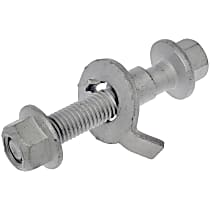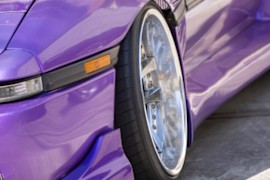{
"lazyNodes": false,
"abFitnotesFlag": false,
"abCrawlReviews": false,
"productOptionsCookie": false,
"orderDelayFlag": false,
"skipSessionCookie": false,
"covidMessage": false,
"fullTitleCookie": false,
"nrLoggerCookie": false,
"checkoutReviewCookie": false,
"productOptionSeqCookie": false,
"maintenanceFlag": false,
"bufferETACookie": false,
"multiShippingDiscountFlag": false,
"newFitmentFlag": false,
"surveyOptInFlag": false,
"crossSellFlag": false,
"skuMappingFlag": false,
"paySplitCookie": false,
"callDisableFlag": false,
"zipPaymentFlag": "u",
"hassleFreeReturn": false,
"lifetimeReplacement": false,
"cpn_off": false
}Need Help? Call Us1-866-529-0412
2014 Chevrolet Trax
2014 Chevrolet Trax Camber and Alignment Kits
Refine by:
Shop Catalog
Showing 1 - 1 of 1 results
Sort by:
Part Number: RBAK90399PR
Guaranteed to Fit
$17.49
Vehicle Fitment
- 2014 Chevrolet Trax All Submodels All Engines Adjusts Camber -1.75 Degrees To +1.75 Degrees; 14 mm Bolt; Single offset
Product Details
Location : Front, Lower - Strut MountProduct Fit : Direct FitWarranty : Lifetime Dorman limited warrantyQuantity Sold : KitProp 65 Warning :
![]() WARNING: This product can expose you to chemical which is known to the State of California to cause cancer and birth defects or other reproductive harm. For more information go to www.P65Warnings.ca.gov.
WARNING: This product can expose you to chemical which is known to the State of California to cause cancer and birth defects or other reproductive harm. For more information go to www.P65Warnings.ca.gov.
Page 1 of 1 | Showing 1 - 1 of 1 results
Popular Products

DormanPremium Chassis Series Camber and Alignment Kit - Direct FitManufacturer #AK90399PR
( Reviews) Questions, Answers
DORMAN CAMBER AND ALIGNMENT KIT
Affordable, directly compatible and built to last, Dorman’s Camber and Alignment Kit stands out as the smart option. Since 1918, Dorman Products has supplied the automotive aftermarket with high-quality replacement parts...
Helpful Automotive Resources
What Is Negative Camber? Wheel Alignment Angles ExplainedBut for a vehicle that’s a daily driver, it’s best to keep the camber angle set to the vehicle manufacturer’s specification. Doing so will help the tires wear evenly and promote their longevity.
Some racers and car enthusiasts set their camber angle so that it leans inward at the top (negative)



